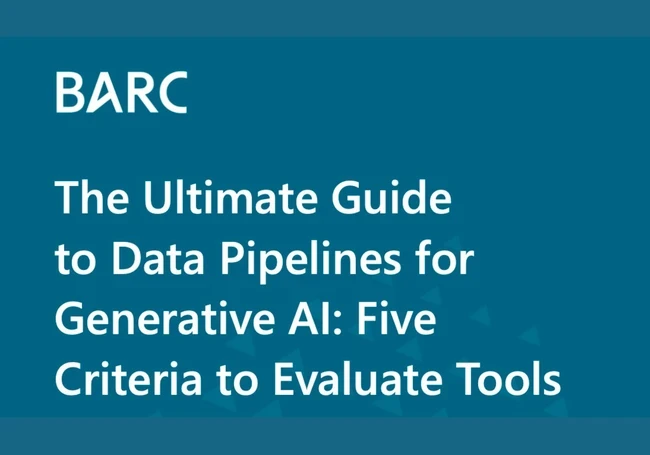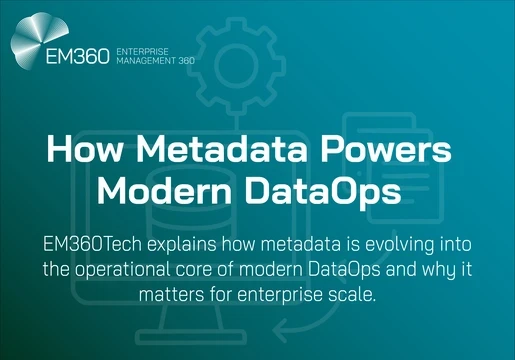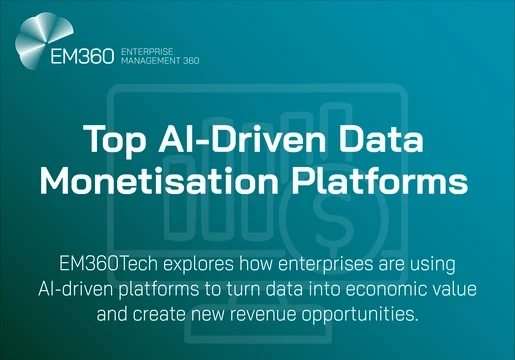As companies apply Generative AI language models to their domain-specific data, they create both promise and peril.
The promise? To boost productivity and gain competitive advantage by enriching business functions such as customer service, document processing, and content development.
But the peril ranges from broken workflows to angry customers and inquisitive regulators. To realise the promise and avoid the peril, companies must prepare GenAI inputs that accurately describe business reality. Achieving this requires a new class of data pipelines – and new tools to manage them.
This ultimate guide defines five product evaluation criteria for GenAI data pipeline tools: functional breadth, ease of use, governance, performance & scale, and costs. It recommends key questions for data engineering leaders to pose to vendors for each criterion.
Executive Summary
Generative AI creates justified excitement about the opportunity to achieve topline and bottom-line benefits. Companies now are customizing GenAI language models (LMs), such as ChatGPT from OpenAI, Gemini from Google, and Llama from META, to understand their own content. But GenAI also exposes the Achilles heel of many organizations: inaccurate, ungoverned data. Your data team needs the help of a commercial tool to transform all that unstructured data – emails, service tickets, video conference recordings, and so on – into something that LMs can use to generate trustworthy content.
This is where GenAI data pipelines tools enter the picture. These tools enable data engineers to design, test, deploy, observe, and orchestrate GenAI data pipelines that perform the following functions, using text inputs as an example.
- Extract. First the pipeline parses and extracts relevant text and metadata from source applications or files, including complex documents that might contain figures and tables.
- Transform. Next the pipeline transforms the extracted documents. It divides the text into semantic “chunks” and uses an embedding model to generate vector embeddings that describe the meaning and interrelationships of chunks. It also might filter out sensitive fields or enrich document chunks with data from other systems and data platforms.
- Load. Finally it delivers the vector embeddings to a target, most often a vector database such as Pinecone and Weaviate or vector-capable platforms such as Databricks and MongoDB. These platforms index the vectors, also called embeddings, to support similarity searches by a GenAI application that contains the LM.
Data leaders can select the right GenAI data pipeline tool by using the evaluation criteria of functional breadth, ease of use, governance capabilities, performance & scalability, and cost. They should pose questions such as the following.
Functional breadth
- Does this tool enable users to manage the full lifecycle of a GenAI data pipeline?
- What types of AI implementations does it support?
Ease of use
- What skills and how much training does this product require?
- What level of automation does it offer?
Governance capabilities
- How does the tool help users govern data and metadata?
- How does it control access to pipelines and data
Performance & scalability
- Can this tool meet service level requirements (SLAs) for the business?
- Does it support periodic batch, incremental batch, and streaming delivery options?
Cost
- How do upfront and ongoing software costs vary based on expected workload ranges?
- What are the expected costs of learning, implementing, and maintaining this tool?
Read the full report here to learn all the necessary questions, along with the supporting business context and technical detail.








Comments ( 0 )